Picking the right sleeping bag
Taking on Mount Kilimanjaro is not an easy feat, goo sleep and comfort should not be your main worry as sleep is important for summit success. You will need to be warm while on the mountain to wade away the cold weather. That is why it is going to be important to get not just a good bag but the right bag just for the job. Below are the important factors to look for when choosing the right sleeping bag for your climb:
1. The Temperature Rating
The recommended temperature rating for the Mount Kilimanjaro climb and even Mount Kenya climb is a 0°F-rated ( -17°C) sleeping bag which will most likely do a great job to keep you warm down to 0°F ( -17°C). The temperature rating is based on an “average sleeper.”
This temperature rating is good for you assuming you are sleeping on a sleeping pad(mattress) and wearing a full layer of thermal long underwear, socks, a hat,
2. How You Sleep and How You Feel
Are you the one who’s always kicking off a blanket in the middle of the night, because you seem to be stoking an internal furnace? Or are you piling on the comforters and still waking up chilly?
Whether you’re a “hot” or a “cold” sleeper is a huge factor in whether a bag’s temperature rating is accurate for you. If you’re not sure, bear in mind that women tend to be colder sleepers than men (and should consider purchasing a bag with one temperature rating colder than they might otherwise buy).
Also, remember that how you feel at the end of the day affects how hot you sleep; “hot sleeping” is your body burning through fuel; if you’re hungry, tired, or dehydrated, your body will have fewer resources to expend towards heating you up (so you’ll want a bag that’s doing more work for you).
3. The Fill
The fill of your sleeping bag should synthetic, since Mount Kilimanjaro is not only cold, it is wet most of the time. Synthetic fill is the best option since it does a great job wicking moisture away ensuring that you stay warmer.
Synhtetic fill is also abit heavier and less expensive and they can keep you warm even when they get wet compared to downs fill. So whatever you do, keep off sleeping bags made of cotton or flannel because once they get wet, their insulation will not work.
Pro Tip: Both down and synthetic will work better provided, you make sure that before you tuck yourself in, you shake the bag out vigorously .
The Shape
Sleeping bags generally come in three shapes: rectangular, mummy-style (which looks like an Egyptian sarcophagus) and tapered, which is somewhere between the other two.
The tighter the fit of the bag, the more of your body heat it will hold in; a mummy bag doesn’t give you much room to move, but it does tend to keep you warmer than a rectangular bag of the same temperature rating.
Some bags also come with hoods; zipping the bag all the way up and cinching this tight around your head will keep in even more warmth.
What’s the ideal sleeping bag while staying in Kilimanjaro?
Depending on how you sleep, you may want to purchase a bag with an even lower temperature rating than the 0° we recommend for our trekkers. You may also want to purchase a synthetic sleeping bag liner, which can add between 15°F-25°F of additional warmth.
But before you run to the store, consider your lifestyle: do you camp often? Do you regularly camp in cold-weather conditions? As with many products, with sleeping bags you get what you pay for—is it a good investment for you to purchase a high-end, low-temperature-rated bag?
If the answer is “not really,” consider purchasing a liner and renting your bag from us; after all, unless you think a sleeping bag is a good investment, why lose sleep over all these details?

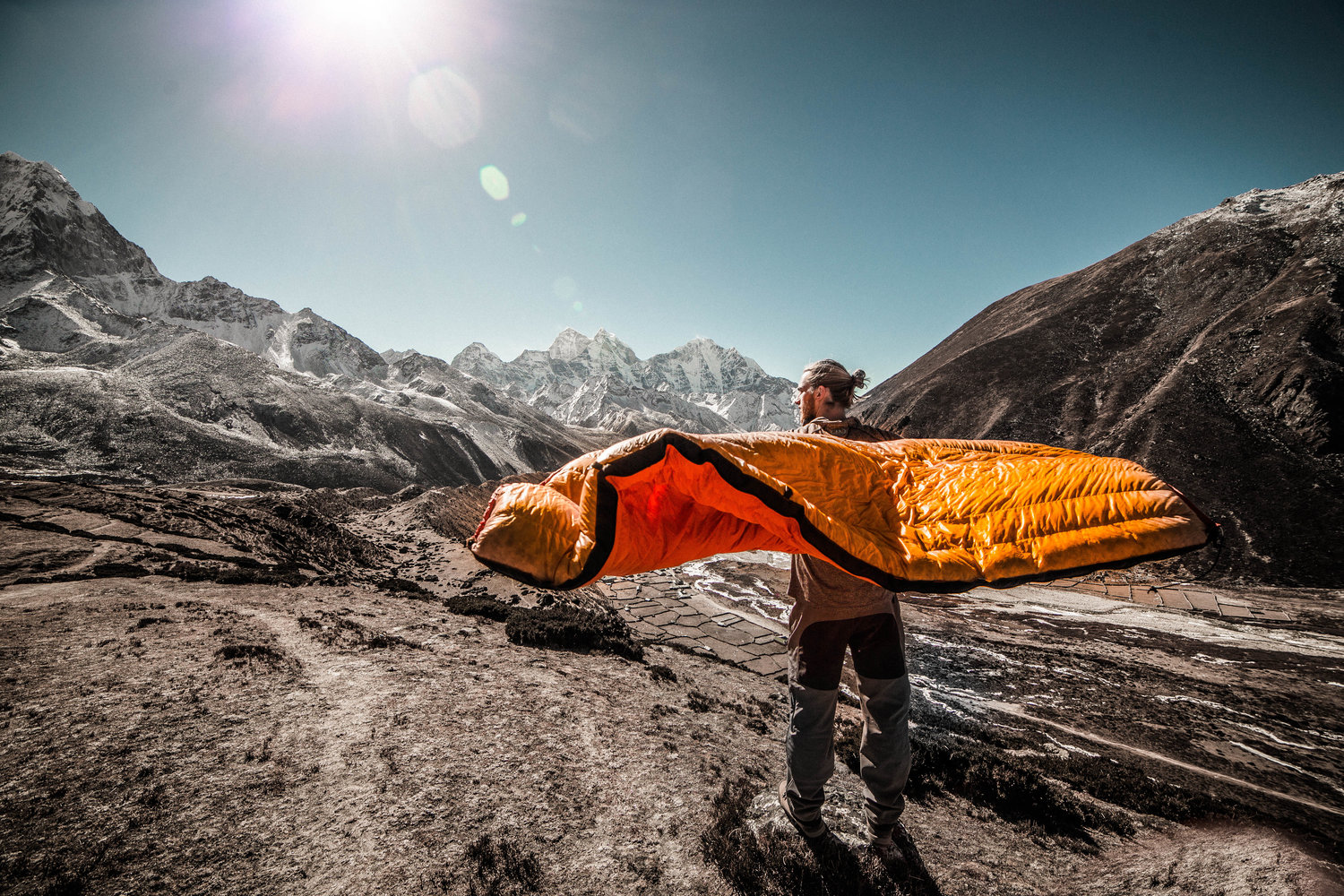
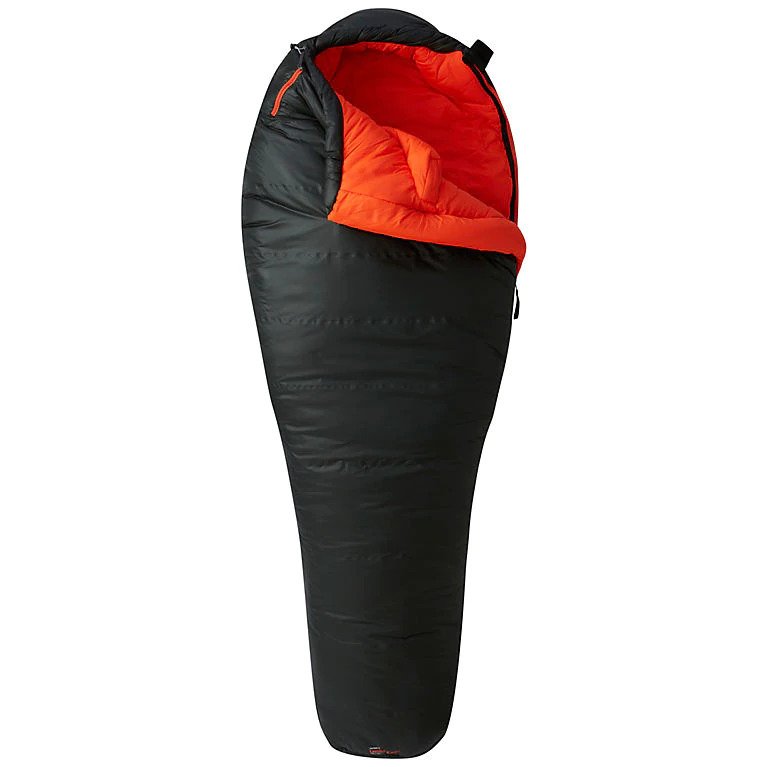
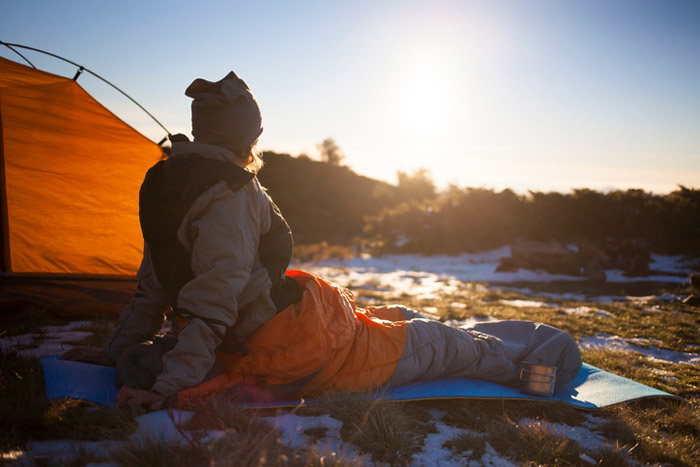
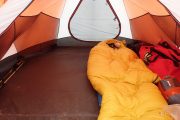
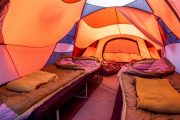
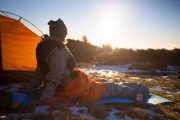
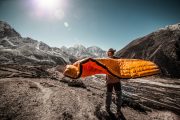
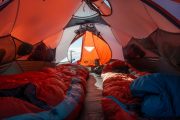
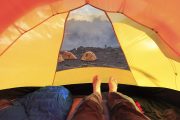
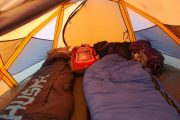
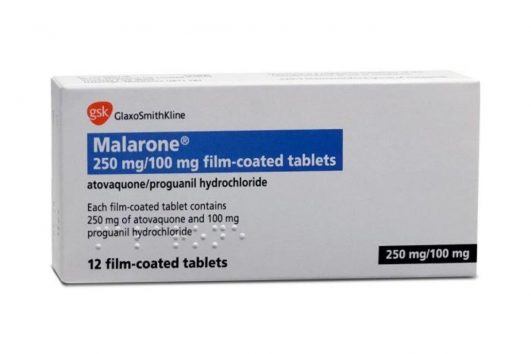
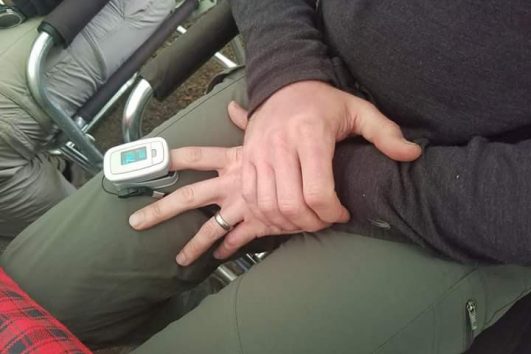
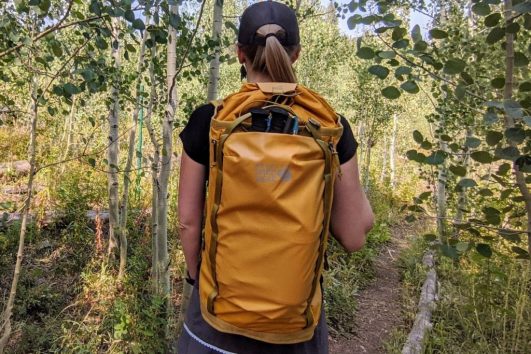
Tour Reviews
There are no reviews yet.
Leave a Review